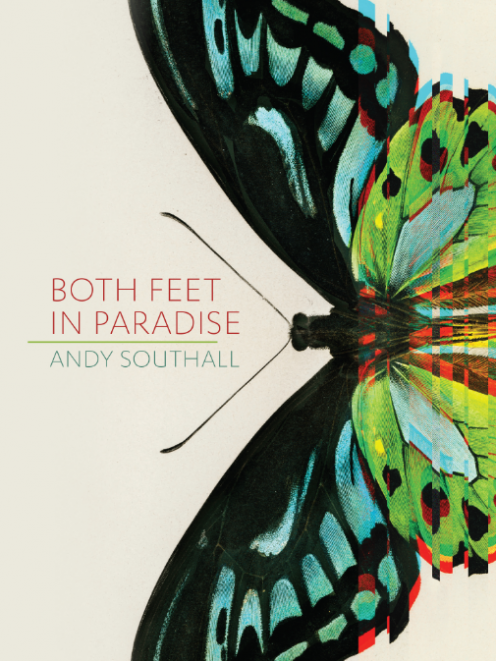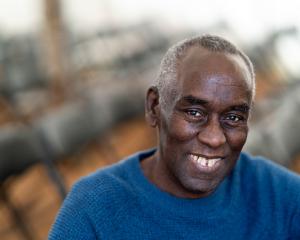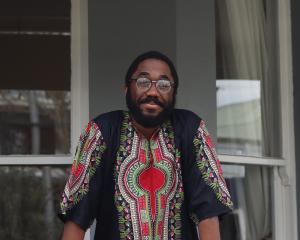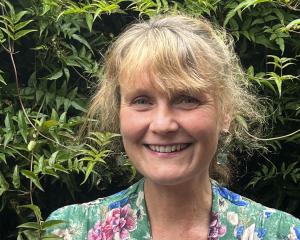BOTH FEET IN PARADISE
Andy Southall
The Cuba Press
REVIEW BY JESSIE NEILSON

He is desperate to get home from this extended trip, especially as his younger girl, 5-year-old Naomi, has leukaemia. He has recurrent visions of a child only getting sicker, and the more these visions plague him, the more desperate he becomes.
However, one thing after another keeps going wrong. His taxi driver does not take him to the airport, where flights are rare, but instead takes him inland, over hills and mountains, to remote back blocks. When he seeks others' advice about an airport, the locals deny all knowledge, insisting there is no such place. One must take a boat to another island, and so on.
The Tourist Information Office has outdated maps. The internet shop has no wifi. In fact, soon it feels like this island, and the neighbouring one, are going out of their way to hinder. He worries he may never escape.
Next there are problems with his ticket, his passport, and even calls back home. It is as if he has entered an alternative world, and he feels completely disorientated. When he meets the glamorous Eve, she of the sparkly dresses and fresh, confident style, his hope returns. Perhaps she can help. Yet she, real name being Tausa'afia, is afa Igilisi, with an English father, and so, like him, is caught between two worlds.
Eve's situation is mysterious. She claims to collect islands as her family now, being removed from people. There is a grown-up daughter, overseas and estranged, and a partner elsewhere. Eve's daughter is also called Naomi. Identities and reality start to blur, as Adam doubts first her and then himself. Other local characters, such as the ever-present Madam Blanc, and the wizened grandfather Tasi, who sleeps with his eyes open, are no better. Adam does not know who he can trust.
The majority of Both Feet in Paradise reads as an ever-deepening mystery novel, in a setting carefully outlined, with two main characters for whom we hold much empathy. If this section had been stretched out and the plot strands linked up, this would have been so much more satisfying. Yet the last section swings an entirely different way, into a world ever-fraying. Characters are re-envisaged in alternative time zones and situations and it is all extremely confusing.
However, as Adam Southall was mentored by Pip Adam it is unsurprising the novel leaps away from reality. While most readers are likely to enjoy the ‘real’ story far more, for some readers better able to suspend disbelief or cope with post-modern twists they may warm to the experimental final third.
As Adam and Eve, maybe the characters are approaching the mythical garden again, and perhaps for the better. What does stand out is Southall's eloquent portrayal of Samoa and its people, against which wanders our fallible hero, who, in whichever garb, is awkward, frustrated, and ever likeable.
Jessie Neilson is a University of Otago library assistant












